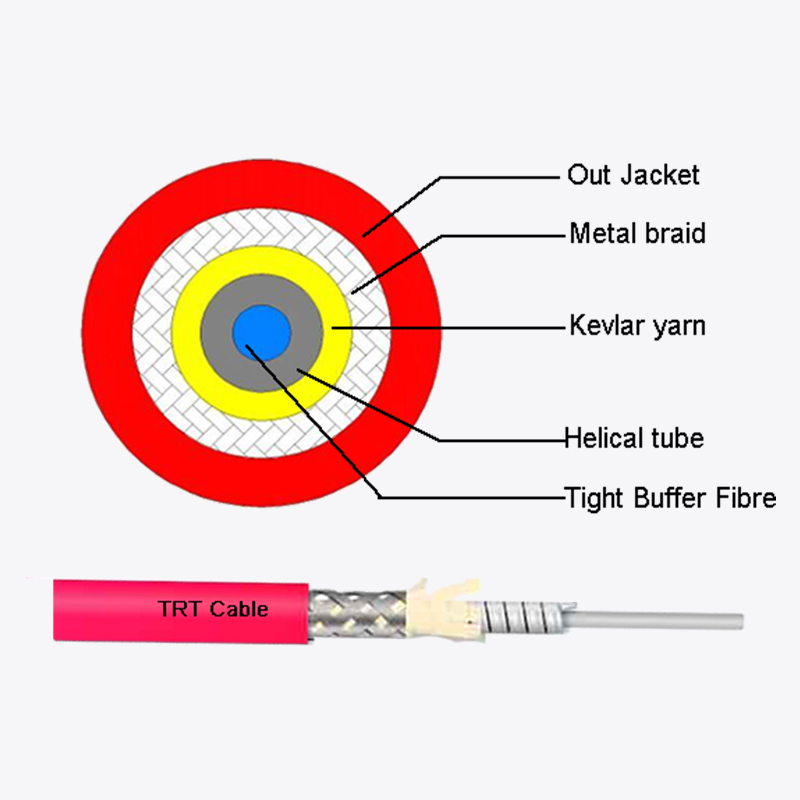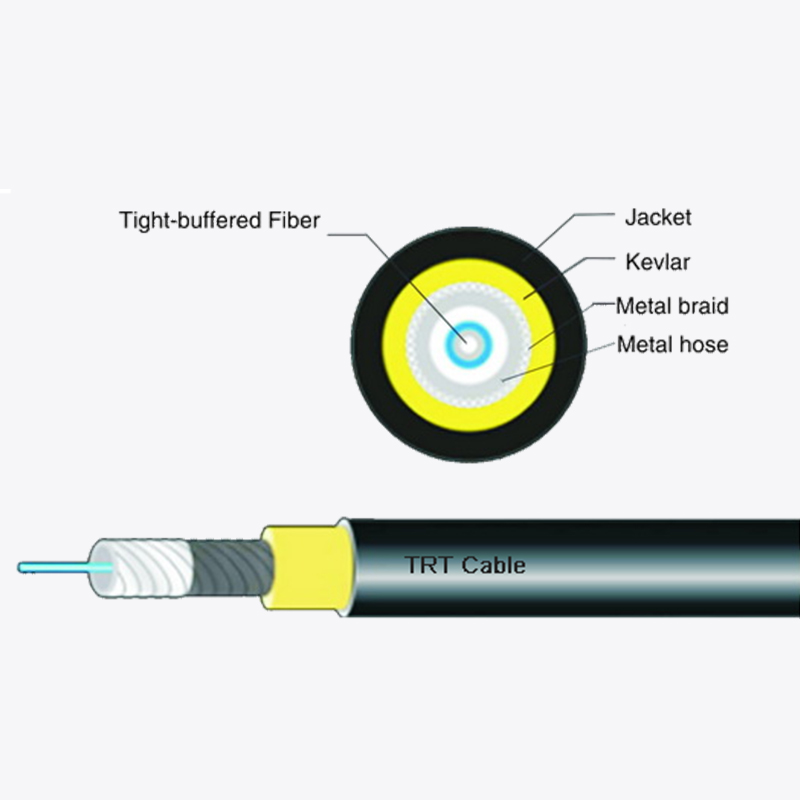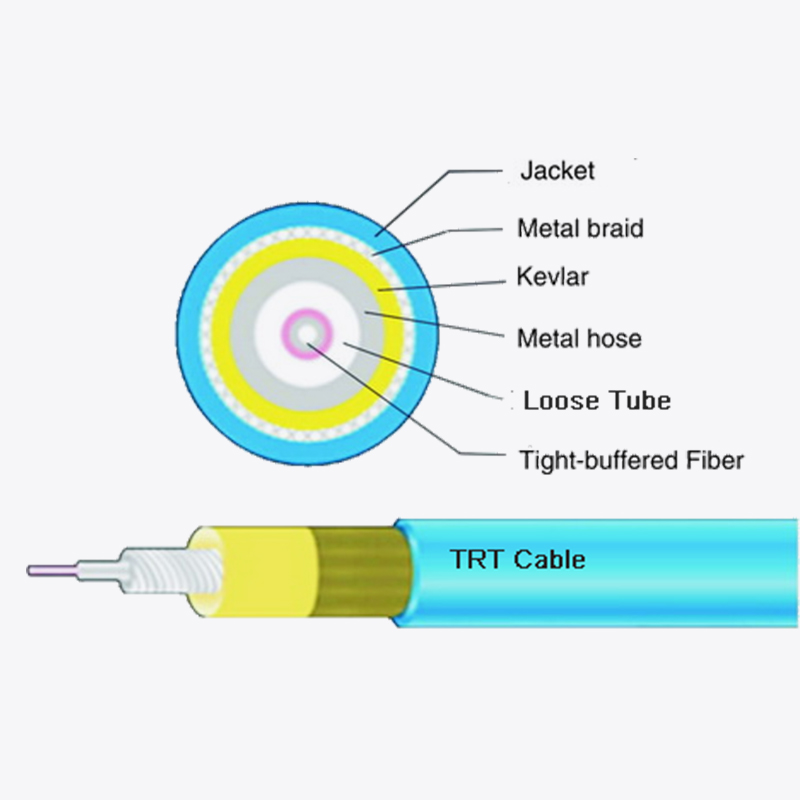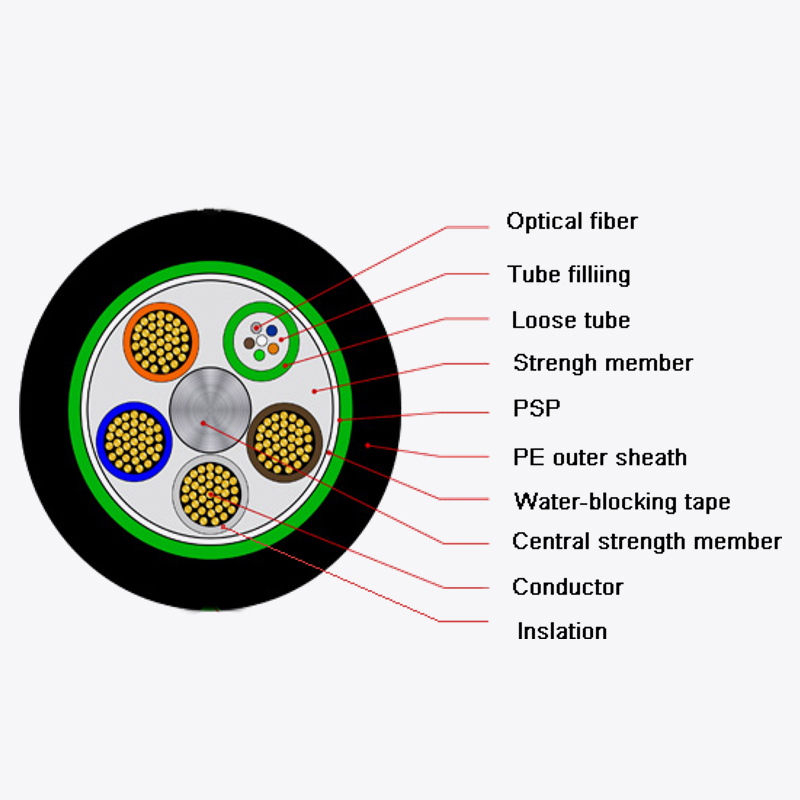Web Menu
Product Search
Exit Menu
Indoor multi-core micro optical cable: How to become the future choice for high-speed transmission in data centers?
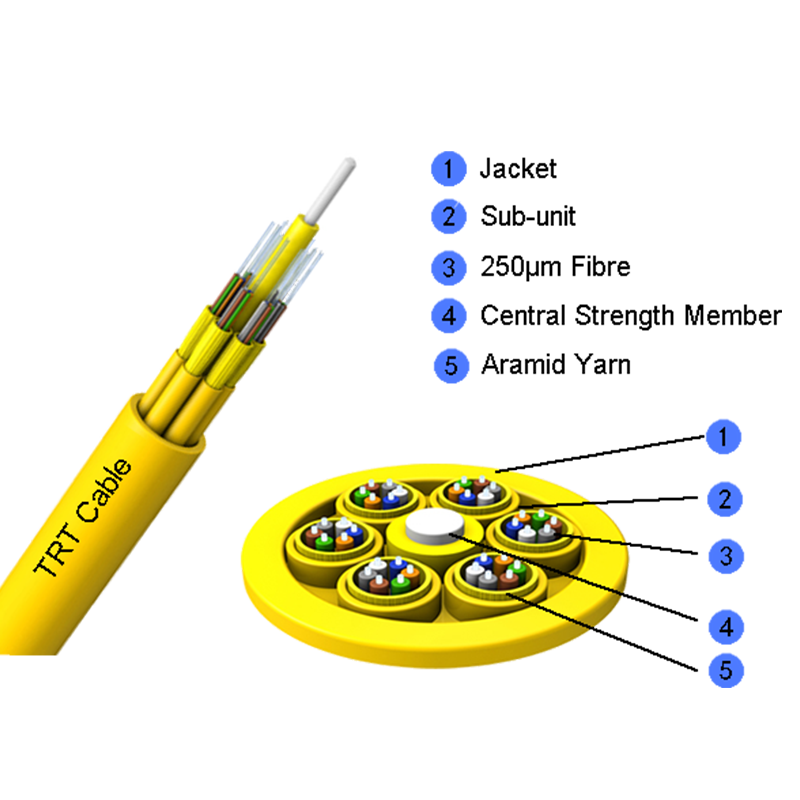
Indoor multi-core micro optical cable: How to become the future choice for high-speed transmission in data centers?
The core of indoor multi-core micro optical cable lies in its unique multi-core design. This design achieves a significant increase in data transmission bandwidth by integrating multiple optical fibers into a single cable body. Compared with traditional single-core optical cables, multi-core optical cables can provide more transmission channels in the same physical space, thereby meeting the urgent need for high-speed data transmission in data centers. This design not only improves the data transmission rate, but also enhances the flexibility and scalability of the system by increasing the number of transmission channels.
More importantly, the multi-core design of indoor multi-core micro-optical cables leaves ample room for higher bandwidth applications that may appear in the future. As technology continues to advance, the demand for bandwidth in data centers will continue to grow. Multi-core fiber optic cables can easily cope with this trend by increasing the number of optical fibers, ensuring that data centers can maintain efficient data transmission capabilities for years or even decades to come. This forward-looking design makes indoor multi-core micro-optical cables ideal for the long-term development of data centers.
The high-speed transmission characteristics of indoor multi-core micro optical cables are another reason why they are the first choice for data centers. High-rate transmission means data can be transmitted in a shorter time, significantly reducing system latency. In a data center environment, reducing latency is critical to improving overall system responsiveness. Whether it is processing user requests, performing complex computing tasks, or performing real-time data analysis, fast and accurate data transmission is required to support it.
Micro fibre indoor cable ensures high speed and stability of data transmission by using advanced optical fiber materials and manufacturing processes. These optical cables usually use low-loss, low-dispersion optical fibers that can maintain high signal quality during long-distance transmission. In addition, the multi-core design further improves the parallel processing capability of data transmission by increasing the number of transmission channels, thereby achieving a higher overall transmission rate.
As the core infrastructure of the information society, data centers have increasingly urgent needs for high-speed transmission. With the widespread application of technologies such as cloud computing and big data, the amount of data that data centers need to process has increased exponentially. The speed and quality of this data transmission also have a significant impact on data center performance. In order to meet these needs, data centers need to adopt efficient and stable data transmission media to ensure fast and accurate transmission of data.
However, data centers also face many challenges while pursuing high-speed transmission. On the one hand, as the amount of data increases, the data transmission tasks that data centers need to handle become more and more complex, which places higher requirements on the performance of the transmission medium. On the other hand, the space resources of the data center are limited, and how to achieve efficient data transmission within the limited physical space has become an urgent problem to be solved. Data centers also need to consider energy consumption, heat dissipation, cost and other factors to ensure the sustainability of data transmission.
Facing the high-speed transmission requirements and challenges of data centers, indoor multi-core micro-optical cables have demonstrated their unique coping strategies. Through multi-core design, indoor multi-core micro-optical cables can provide more transmission channels in the same physical space, thereby meeting the urgent need for high-speed data transmission in data centers. These optical cables use advanced fiber optic materials and manufacturing processes to ensure high speed and stability of data transmission. Indoor multi-core micro-optical cables are also compact and lightweight, enabling efficient data transmission in a limited space, reducing energy consumption and heat dissipation pressure in data centers.
More importantly, indoor multi-core micro-optical cables also have good scalability and flexibility. As data center technology continues to advance and bandwidth needs continue to grow, these fiber optic cables can address future challenges by increasing fiber count or upgrading fiber performance. This forward-looking design makes indoor multi-core micro-optical cables ideal for the long-term development of data centers.
Looking to the future, with the continuous advancement of technology and changing application requirements, indoor multi-core micro optical cables will continue to play an important role in the field of high-speed transmission in data centers. On the one hand, with the continuous development of optical fiber communication technology, the performance of indoor multi-core micro optical cables will be further improved, including higher transmission rates, lower losses and better dispersion characteristics. This will enable the data center to handle larger and more complex data transmission tasks, further improving the performance and efficiency of the overall system.
On the other hand, with the continuous advancement of data center technology and the continuous expansion of applications, the application scenarios of indoor multi-core micro-optical cables will become more extensive. For example, in fields such as cloud computing, big data, and artificial intelligence, indoor multi-core micro-optical cables will play a more important role and provide strong support for innovation and development in these fields. In addition, with the popularization of Internet of Things technology and the widespread application of smart devices, indoor multi-core micro-optical cables will also become a key link to connect these devices and achieve efficient data transmission.
 Address:Zhong'an Road, Puzhuang Town, Suzhou City, Jiangsu Prov., China
Address:Zhong'an Road, Puzhuang Town, Suzhou City, Jiangsu Prov., China Phone:+86-189 1350 1815
Phone:+86-189 1350 1815 Tel:+86-512-66392923
Tel:+86-512-66392923 Fax:+86-512-66383830
Fax:+86-512-66383830 Email:[email protected]
Email:[email protected] Wechat: xiaobin18913501815
Wechat: xiaobin18913501815 whatsapp: +86 18913501815
whatsapp: +86 18913501815
 0
0

 English
English русский
русский Español
Español Português
Português عربى
عربى